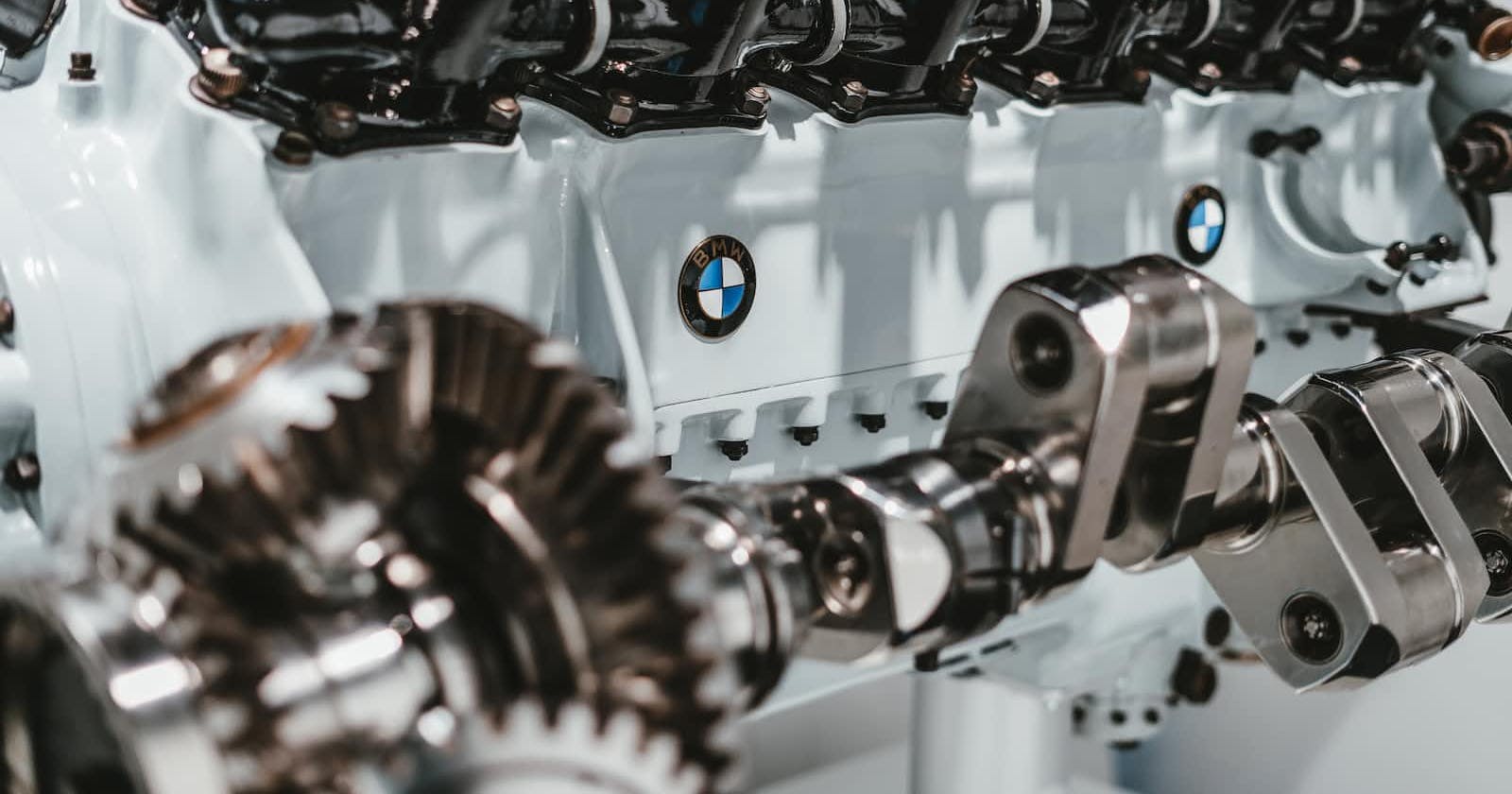
Photo by Julian Hochgesang on Unsplash
Understanding AUTOSAR: Revolutionizing Automotive System Architecture
Role of Virtual function bus(VFB)
Table of contents
- 1. Definition and Purpose of Virtual Function Bus:
- 2. Communication Abstraction:
- 3. Inter-Runnable Communication:
- 4. Data Exchange Mechanism:
- 5. Decoupling Software Components:
- 6. Support for Heterogeneous Systems:
- 7. Integration of Legacy Code:
- 8. Dynamic System Configuration:
- 9. Scalability and Extensibility:
- 10. Overall System Integrity and Reliability:
AUTOSAR (Automotive Open System ARchitecture) is an open and standardized software architecture framework for automotive ECUs (Electronic Control Units).
It provides a common platform for the development of vehicular software, ensuring interoperability, scalability, and reusability.
AUTOSAR defines standardized interfaces, communication protocols, and layered architecture, allowing automotive manufacturers and suppliers to collaborate efficiently.
By promoting modularity and abstraction, AUTOSAR streamlines the development process, facilitates the integration of diverse software components, and enhances the overall efficiency and reliability of automotive systems, playing a pivotal role in shaping the future of automotive electronics and software development.
Introduction:
Brief overview of the automotive industry's evolution
The need for standardized software architecture in vehicles
Introduction to AUTOSAR as a solution
Section 1: What is AUTOSAR?
Definition and origin of AUTOSAR
Objectives and goals of AUTOSAR
The role of AUTOSAR in automotive system development
Section 2: AUTOSAR Architecture: Layers and Components
Overview of the basic architecture layers (Application Layer, Runtime Environment, Basic Software Layer)
Explanation of each layer and its components
How the architecture facilitates modularity and scalability
Section 3: AUTOSAR Methodology: Key Concepts
Understanding the AUTOSAR methodology
The role of the Virtual Function Bus (VFB)
Communication mechanisms in AUTOSAR
Software Component Template (SCT) and Component Interfaces (CIs)
Section 4: AUTOSAR Software Components
Explanation of software components in AUTOSAR
How to design and configure software components
Examples of software components in a typical automotive application
Section 5: AUTOSAR Communication Stack
Overview of the communication stack in AUTOSAR
Communication services and protocols (CAN, LIN, FlexRay, Ethernet)
How the communication stack ensures interoperability
Section 6: AUTOSAR RTE (Run-Time Environment)
The role and importance of the RTE in AUTOSAR
Communication between software components through the RTE
RTE configuration and optimization
Section 7: AUTOSAR Configuration and Tools
Overview of the AUTOSAR configuration process
Popular tools used in AUTOSAR development
Steps to configure and integrate software components
Section 8: AUTOSAR and Functional Safety
The significance of functional safety in automotive systems
How AUTOSAR supports functional safety standards (ISO 26262)
Examples of safety mechanisms within the AUTOSAR framework
Section 9: Challenges and Future Trends in AUTOSAR
Current challenges in implementing AUTOSAR
Emerging trends in automotive system architecture
The future of AUTOSAR and its impact on the industry
In AUTOSAR (Automotive Open System ARchitecture), the Virtual Function Bus (VFB) plays a crucial role in facilitating communication and interaction between different software components within an automotive system. Let's delve deeper into the role and significance of the Virtual Function Bus:
1. Definition and Purpose of Virtual Function Bus:
Definition: The Virtual Function Bus is an abstract communication concept within AUTOSAR that enables the exchange of data between software components without direct dependencies between them.
Purpose: The primary purpose of the VFB is to provide a standardized and abstract communication layer, allowing seamless interaction between software components irrespective of their physical location or implementation details.
2. Communication Abstraction:
The VFB acts as a communication abstraction layer, shielding software components from the underlying communication mechanisms and hardware details.
It allows software components to communicate in a decoupled manner, promoting modularity and reusability.
3. Inter-Runnable Communication:
Software components in AUTOSAR are often organized as runnables, and the VFB facilitates communication between these runnables.
Inter-runnable communication is achieved through well-defined interfaces, and the VFB ensures that data exchange between runnable is standardized and efficient.
4. Data Exchange Mechanism:
The VFB facilitates the exchange of data between software components using ports and interfaces.
Ports act as entry and exit points for data, and interfaces define the structure and semantics of the data being exchanged.
5. Decoupling Software Components:
One of the key advantages of the VFB is its ability to decouple software components. Components don't need to know the specific details of their counterparts; they only need to understand the interfaces through which they communicate.
This decoupling enhances flexibility, allowing for easier modification or replacement of software components without affecting the entire system.
6. Support for Heterogeneous Systems:
The VFB supports the development of heterogeneous systems where software components might be developed by different suppliers or teams.
It ensures that regardless of the origin of a software component, as long as it adheres to the standardized interfaces, it can seamlessly integrate into the overall AUTOSAR system.
7. Integration of Legacy Code:
- The VFB facilitates the integration of legacy code into an AUTOSAR-compliant system. Legacy software components can communicate with AUTOSAR components through the standardized interfaces provided by the VFB.
8. Dynamic System Configuration:
The VFB supports dynamic system configuration. Components can be added or removed, and their connections can be established or broken at runtime without impacting the overall system functionality.
This flexibility is particularly valuable in dynamic automotive environments where the system needs to adapt to changing conditions.
9. Scalability and Extensibility:
- The VFB contributes to the scalability and extensibility of AUTOSAR systems. As the complexity of automotive software grows, the VFB allows for the addition of new software components without disrupting existing functionalities.
10. Overall System Integrity and Reliability:
- By providing a standardized and abstract communication layer, the VFB contributes to the overall integrity and reliability of AUTOSAR systems. It ensures that communication is well-defined, reducing the likelihood of errors and promoting robust system behavior.
In summary, the Virtual Function Bus in AUTOSAR serves as a vital component in enabling standardized and abstract communication between software components, fostering modularity, flexibility, and interoperability within automotive systems. Its role is pivotal in achieving the goals of AUTOSAR in terms of standardization and open system architecture.
In upcoming blog posts, we will dive deep into AUTOSAR.

